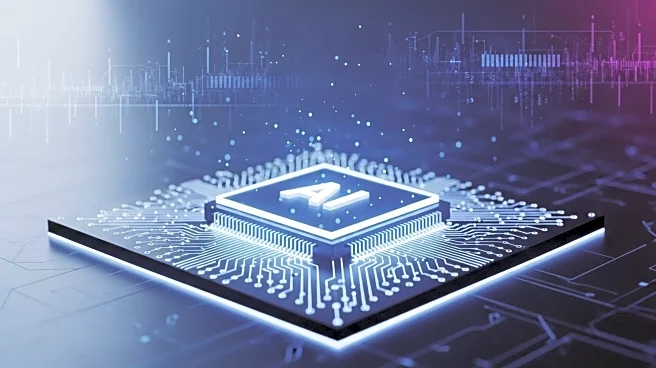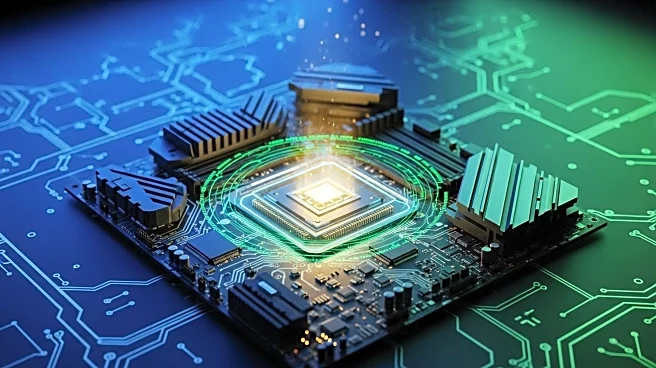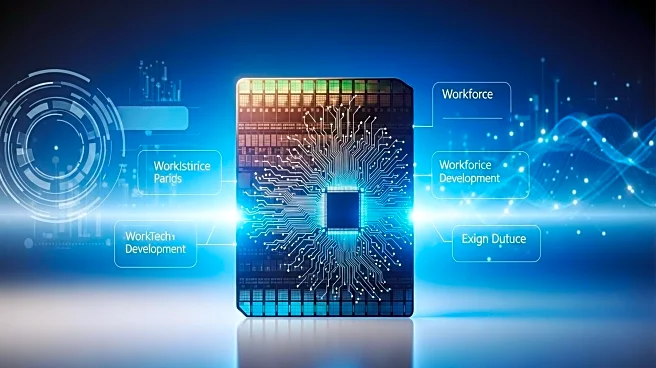What is the story about?
What's Happening?
Intel and NVIDIA have announced a $5 billion partnership aimed at reshaping the semiconductor industry. This alliance is built on three main pillars: NVIDIA's equity investment in Intel, collaboration on data center and AI supremacy, and integration of NVIDIA's RTX GPU IP into Intel's processors. This partnership is seen as a strategic move to challenge competitors like AMD and ARM-based companies by creating hyper-optimized systems and reasserting the relevance of x86 architecture. The collaboration is expected to shift the focus from process node leadership to system-level optimization, emphasizing integration capabilities.
Why It's Important?
The partnership between Intel and NVIDIA marks a significant shift in the semiconductor industry, moving towards systems-level competition. This alliance could potentially alter the competitive landscape by leveraging integration capabilities to enhance performance and efficiency. It poses a challenge to existing competitors like AMD and ARM, which may need to adapt their strategies to maintain market share. The collaboration also highlights the importance of U.S.-centric supply chains, which could influence procurement decisions amid geopolitical considerations. The outcome of this partnership could set the stage for the industry's structure in the coming decade.
What's Next?
The industry is expected to witness a fierce competitive response from major players like TSMC and AMD. TSMC's advanced packaging leadership and AMD's adaptability could play crucial roles in their strategies to counter this alliance. The focus will likely be on system-level optimization across various dimensions, including interconnect architecture, advanced packaging, and software ecosystem dependencies. The success of the Intel-NVIDIA partnership will depend on balancing integration benefits with ecosystem dynamics, which drive long-term innovation. The industry will closely monitor how this partnership influences market dynamics and regulatory scrutiny.
AI Generated Content
Do you find this article useful?














